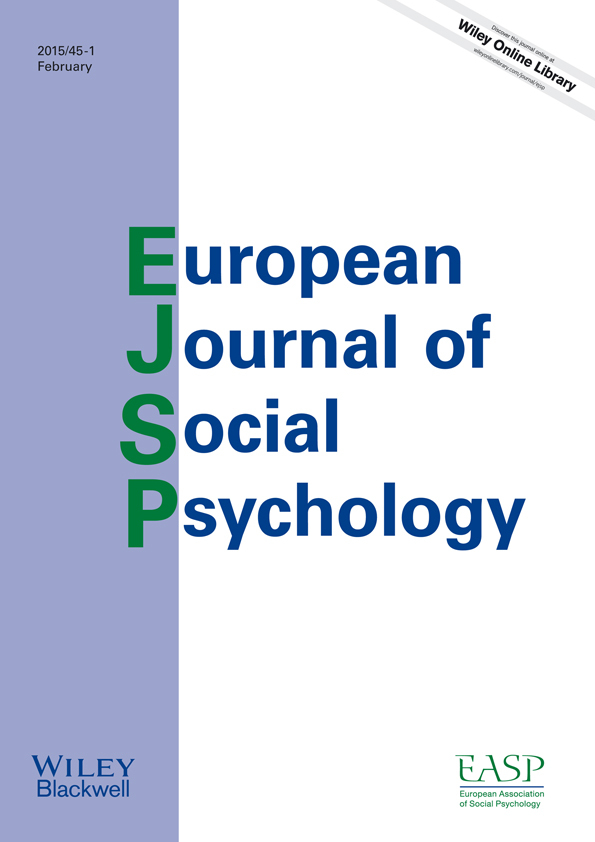Asymmetries in perceptions of self and others' hypocrisy: Rethinking the meaning and perception of the construct
Abstract
This article examines how people recall and describe instances of hypocrisy in their own and others' behavior. Participants (N = 302) provided two written examples. The first example recalled a time when someone called the participant a hypocrite, whereas the other recalled an instance when the participant perceived someone else's behavior as hypocritical. The first goal of the study was to discover if real-world examples of hypocrisy reflect only mere inconsistency, consistent with the construct's narrow use in psychology, or if they contain other distinctive defining features. A typology was used to code the examples, based loosely on Crisp and Cowton's philosophical distinction between four forms of hypocrisy: direct inconsistency, pretense, blame, and complacency. The second goal was to uncover reliable actor–observer differences in perceptions of hypocrisy. Results indicated that the four forms occur in real-world examples of both self and others' hypocrisy. Interestingly, a new fifth form, indirect inconsistency, emerged from the data, adding nuance to the initial hypothesis. Finally, several actor–observer differences in perceptions of hypocrisy arose and are discussed. The results indicate that hypocrisy is a much more complicated phenomenon than previously considered and provide the impetus for new areas of research. Copyright © 2014 John Wiley & Sons, Ltd.




